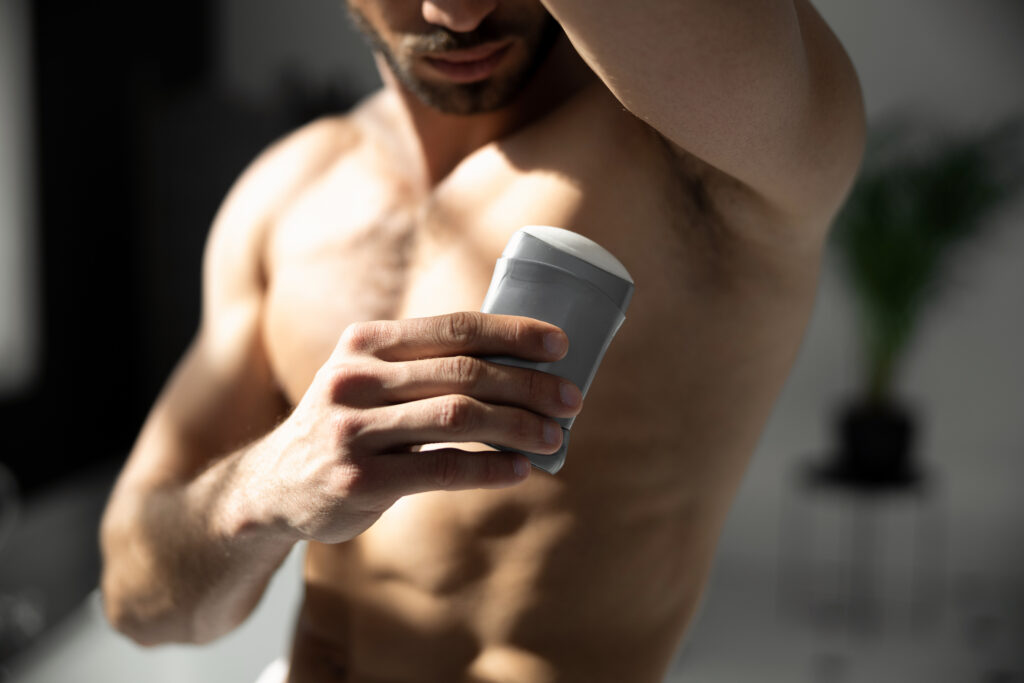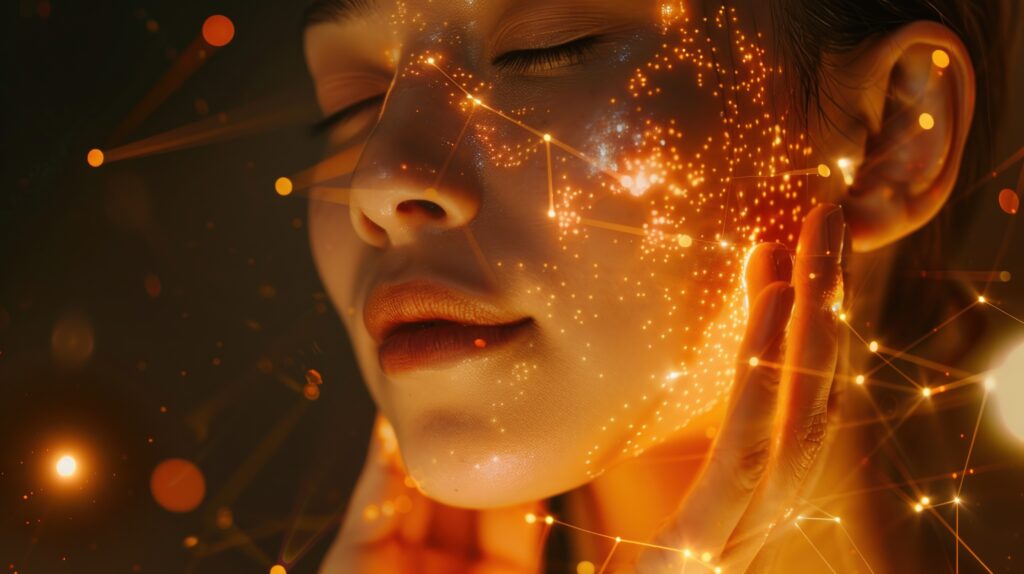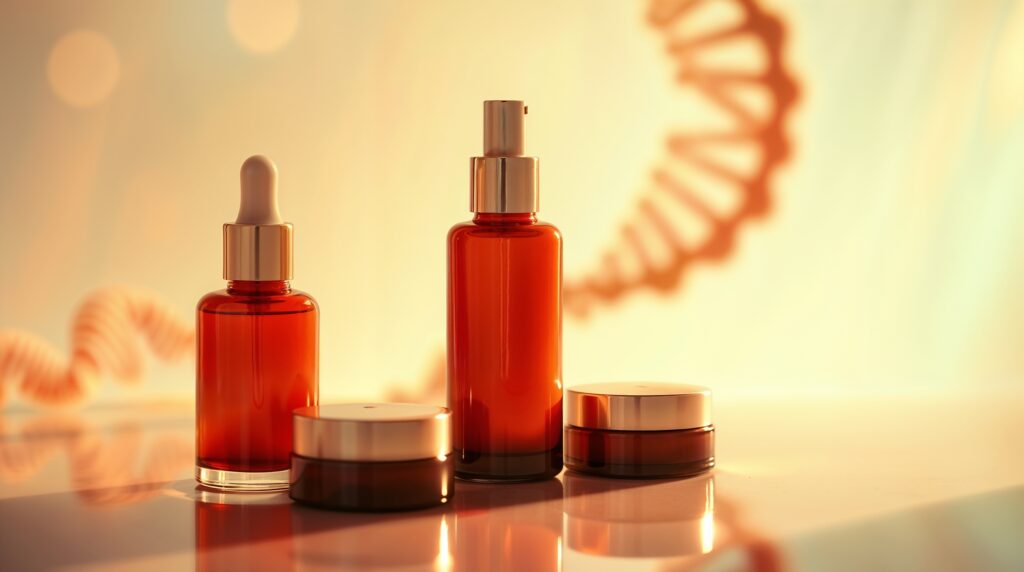Attribution: This article is republished verbatim from our partner, CLR Berlin, with permission. The original post appears here: The Bioactive Shift in Haircare: Where Natural Meets Tangible and Proven. © CLR Berlin. All rights reserved.
From Trend to Transformation: Haircare on the Rise
Haircare is having a moment. Of all beauty categories, it is the one receiving the most attention in 2025 — from consumers, brands and innovators alike. With the market projected to surpass $42 billion by 2026, haircare is one of the fastest-growing segments in beauty. (2)
Shiny, healthy hair is no longer just a beauty goal, but increasingly understood as part of overall wellbeing and self-expression. It reflects identity, culture and lifestyle, and consumers are seeking solutions that align with their personal values and sense of self.
At the same time, they are more informed than ever and expect products with proven efficacy. Scientific credibility has become as important as sensorial pleasure, turning haircare into one of the most dynamic and innovation-driven categories in beauty.
The result is a space evolving faster than ever — redefining what performance, sensoriality and sustainability mean. In this article, we explore how hair biology, evolving consumer perceptions and technological innovation are changing the way we care for and connect with our hair.
The New Literacy: Why Consumers Expect More from Haircare
One of the strongest forces reshaping haircare is what is often referred to as the skinification of haircare, a term that emerged as consumers and brands began to apply skincare thinking to hair.
Social media played a crucial role in this shift as it transformed how people engage with beauty. Dermatologists, brands and skinfluencers have made knowledge about skin biology and active ingredients widely accessible. This has sparked a new level of interest: consumers have learned to read ingredient lists, compare formulations and build routines that deliver results. Although much of the information shared online is simplified or inconsistent, it has raised awareness and expectations. That momentum is now transforming haircare, with a growing number of hairfluencers sharing ingredient knowledge, routines, and product recommendations.
Ingredient literacy is one of the clearest signs of this shift. 56% of US women say they actively look for haircare ingredients they already know from skincare. (2) Scalp care is also receiving more attention, with growing interest in products that support scalp comfort, microbial balance and optimal conditions for growth.
Trends such as ‘glass hair’ and ‘hair slugging’ show how skincare rituals are being adapted to hair, focusing on fiber-level shine and deep hydration. Brand portfolios are evolving too, adding serums, mists, overnight masks, ampoules, scalp peels and solid formats. Many of these products combine care, protection and styling in a single step, keeping routines efficient while still delivering sensorial benefits and visible results.
Personalization is becoming another defining feature of this movement. Products are designed for specific textures, color histories and styling routines, while AI-driven diagnostics and virtual consultations make tailored solutions more accessible. These developments are raising expectations for performance and create the foundation for science-led formulations that act inside the fiber.
Feel the difference: The Biology of Gorgeous Hair
Healthy, manageable hair starts with structure — and just like skin, it has a barrier that needs protection. The cuticle, the hair’s outer layer, works much like the skin’s stratum corneum. It is built from roughly seven overlapping cell layers that seal the fiber and give hair its smooth feel and shine. Within the cuticle are three protein-rich sublayers: the A-layer and exocuticle, which are dense and highly protective, and the more delicate endocuticle, which is the first to be damaged.
This barrier keeps the cortex safe — the part of the hair that makes up around 90 % of its weight and contains tightly packed keratin fibers. These provide strength, elasticity and flexibility. The cells of the cortex are held together by the cell membrane complex, a lipid-rich structure that maintains cohesion and keeps the fiber supple. At the center of some hairs lies the medulla, a soft, porous core with a higher lipid content that may contribute to natural shine but is easily affected by heat and brushing.
When the cuticle is lifted or eroded, moisture escapes, keratin begins to degrade and the cortex weakens. The result is hair that becomes dull, brittle and prone to breakage. Habits like heat styling and frequent washing, as well as environmental stressors such as UV radiation and pollution, gradually accelerate this process. Together, they deplete lipids, break down keratin and leave the hair surface rough and uneven.
From a consumer perspective, this structural damage translates into a top concern: 37% of Japanese women aged 18–39 report damaged hair. (2) When the hair structure is compromised, frizz becomes harder to control, color fades faster, shine disappears and hair breaks more easily. It tangles, feels coarse to the touch and loses its natural movement. What used to be a quick styling routine suddenly turns into a battle with dryness, flyaways and lack of volume.
Modern haircare therefore goes beyond cosmetic shine. It aims to smooth and protect the cuticle, preserve keratin and lipids, and keep hair resilient over time. Bioactive ingredients that act directly inside the fiber are becoming essential to achieve lasting strength, shine and manageability.
When Nature Meets Science: Plant-Based Actives with Proven Impact
The shift towards bioactive haircare has made ingredients that act at the fiber level more important than ever. Modern formulations aim to do more than coat the hair surface. They work inside the fiber, protecting proteins and lipids, supporting moisture balance and keeping the cuticle smooth to make hair more resilient over time. Moisturizing and hydrating claims rank among the top three claims globally in hair treatments and continue to show consistent growth momentum. (2)
For consumers, performance they can feel and see has always been essential. This is why classic actives such as silicones and quats have dominated haircare for decades — they provide instant slip, smoothness and protection. Achieving a comparable sensorial effect with naturally derived ingredients was long considered difficult. The latest generation of bioactives is changing this reality.
A good example of this approach is MultiMoist CLR™, a plant-based, COSMOS-approved active supported by extensive in vitro studies. MultiMoist CLR™ increases water penetration into the hair fiber, helping it stay flexible and resistant to mechanical stress, and protects keratin and lipids from oxidative damage.
The data are compelling: hair treated with MultiMoist CLR™ shows up to 80 % less breakage, 30 % better combability, nearly 50 % less frizz and visibly improved shine. Color retention is significantly higher after multiple washes, helping hair look vibrant for longer. (1) These effects have been confirmed by instrumental measurements and expert panels, making the results robust and relevant.
Together, these findings show that MultiMoist CLR™ delivers hair that is stronger, smoother and easier to manage — meeting consumer demand for effective, naturally derived and responsibly sourced solutions.
From Repair to Proactive Care: The Future of Haircare
Haircare is entering a new era where prevention and longevity take center stage. Innovation is focusing on biological aging, from cellular senescence to follicle health, with the goal of keeping hair strong, dense and vibrant over time. This marks a shift from repairing damage to actively supporting hair and scalp health for the future.
Scalp health in particular is becoming a category of its own. Formulations that strengthen the skin barrier, balance the microbiome and create an optimal environment for growth are moving into the spotlight. The global scalp care market is projected to grow by more than seven percent annually through 2030 (4) — a clear sign that this focus is here to stay.
Seventy-three percent of U.S. consumers are ready to invest more in their hair to reach their goals. (2) Combined with the rise of prestige haircare and the growing availability of personalized solutions, this shows that expectations for efficacy and experience are higher than ever. Technology will amplify this shift. AI-powered diagnostics, virtual consultations and smart devices are making bespoke routines accessible, turning personalization from a luxury into an everyday reality.
Together, longevity science, scalp health and technology-driven personalization will define the next decade of haircare.
At CLR, we believe that the future of haircare lies in measurable efficacy and long-term relevance. We aim to help people feel comfortable and confident by focusing on real consumer benefits rather than short-lived trends. We develop bioactive ingredients that enable brands to create solutions which truly make a difference.

Elvira Ruppel
Author
References
- CLR Berlin (2025). MultiMoist CLR™ Hair Handout.
- Mintel (2025, May 6). Trending Hair Care Ingredients 2025: Where to Play
- Mintel (2025, July 9). A Year of Innovation in Hair Care, Styling & Colour.
- Global Cosmetic Industry. (2025, May 2). The Science Behind Scalp Care: Key Ingredients and Technologies.
Republished with permission from CLR Berlin. Original article: https://blog.clr-berlin.com/the-bioactive-shift-in-haircare-where-natural-meets-tangible-and-proven/









